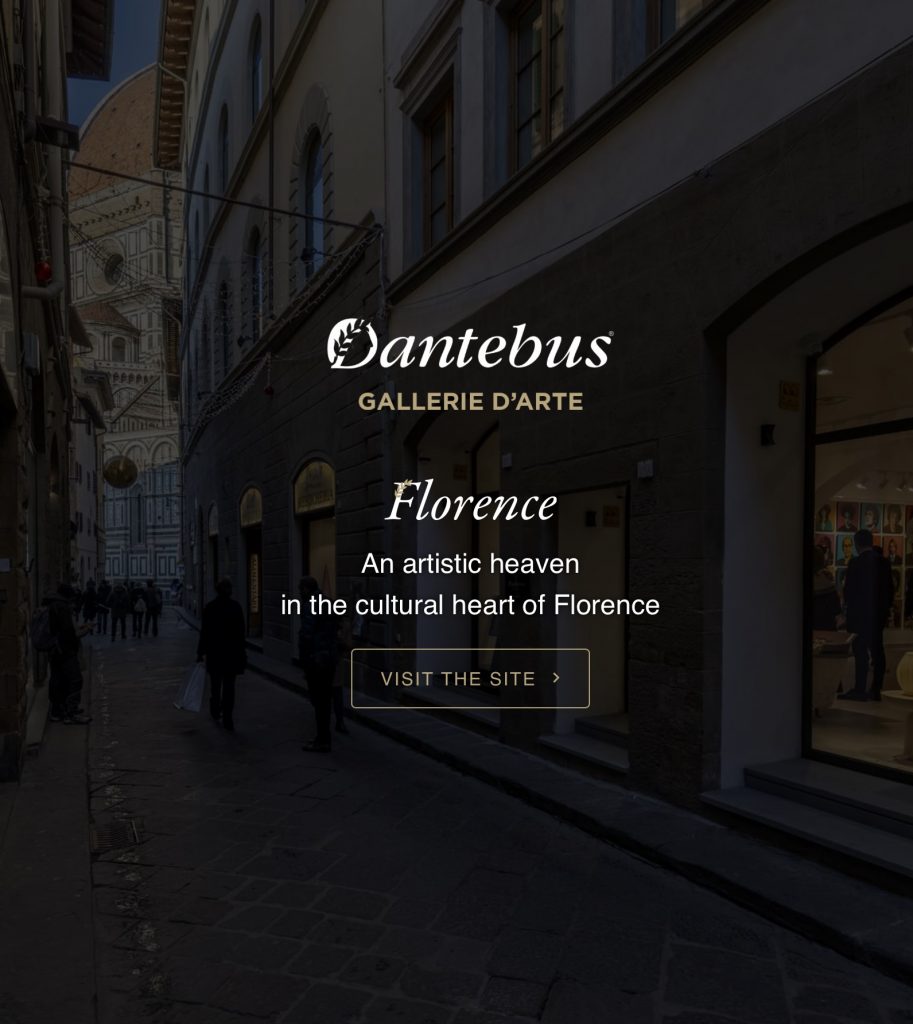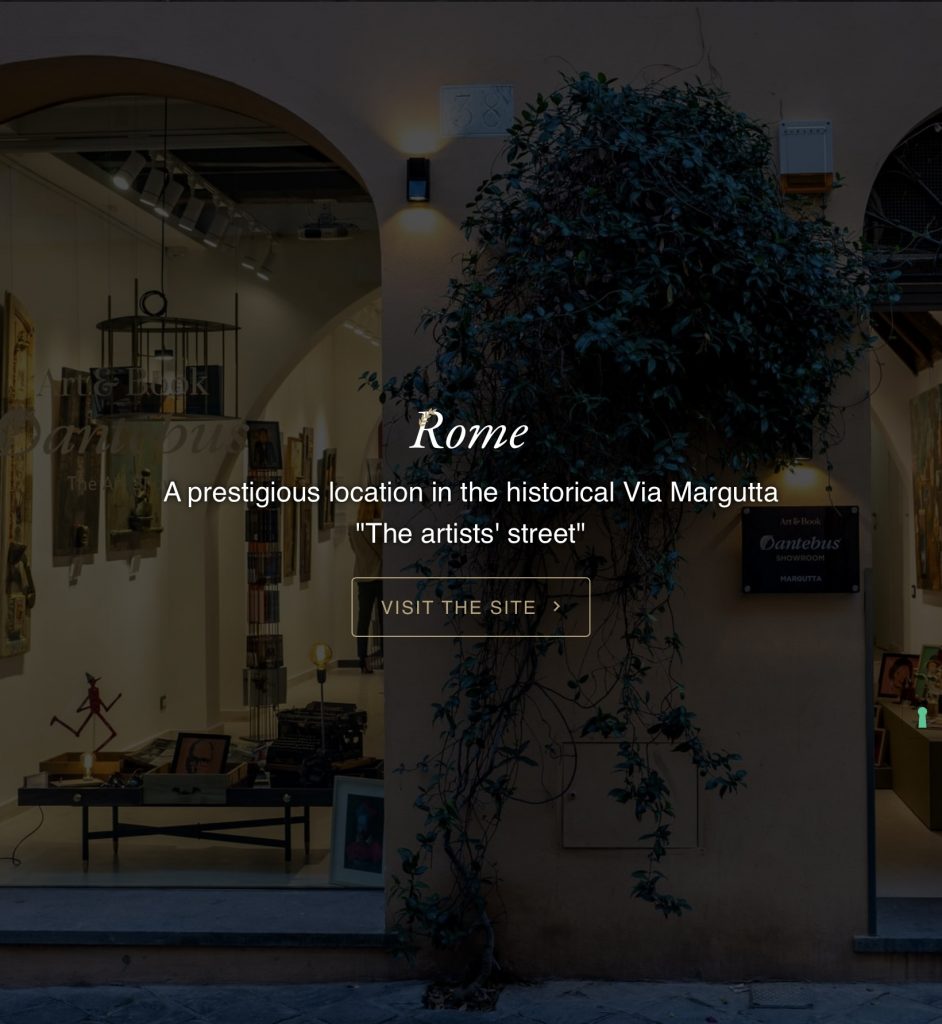“Artists as Prey: How a Fake Belgrade Residency Exploited Creative Dreams”
By Rafael Drumer – Investigative Journalist, Editor-in-Chief at Artistic Avenue
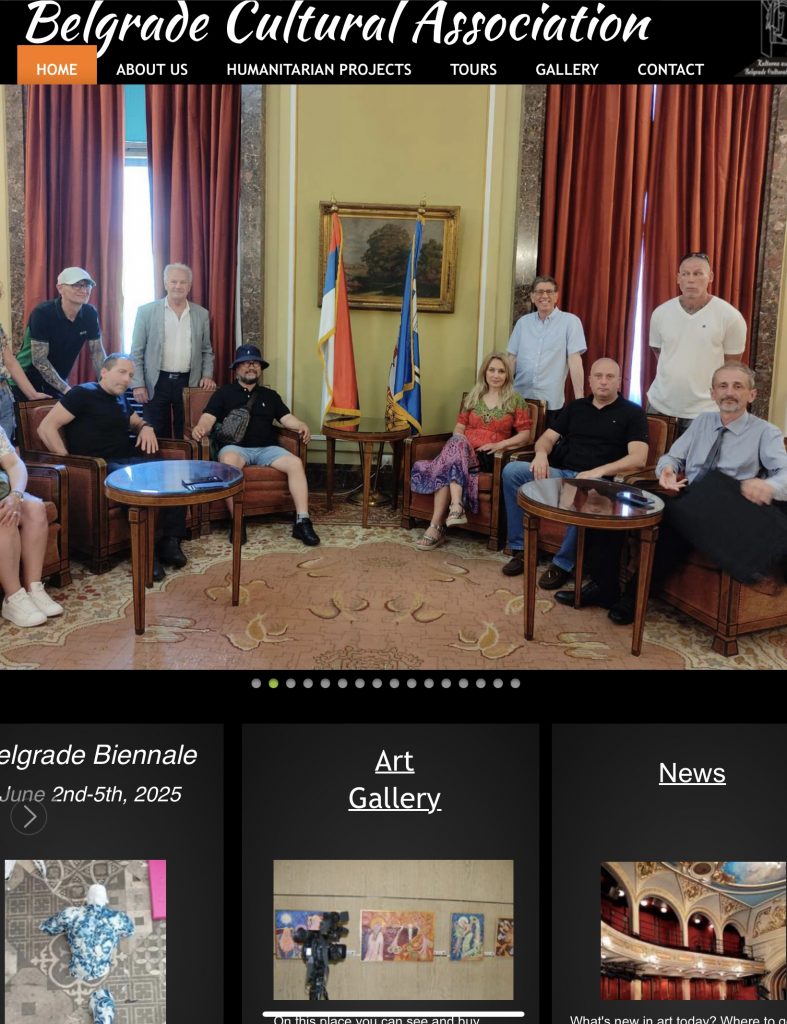
⸻
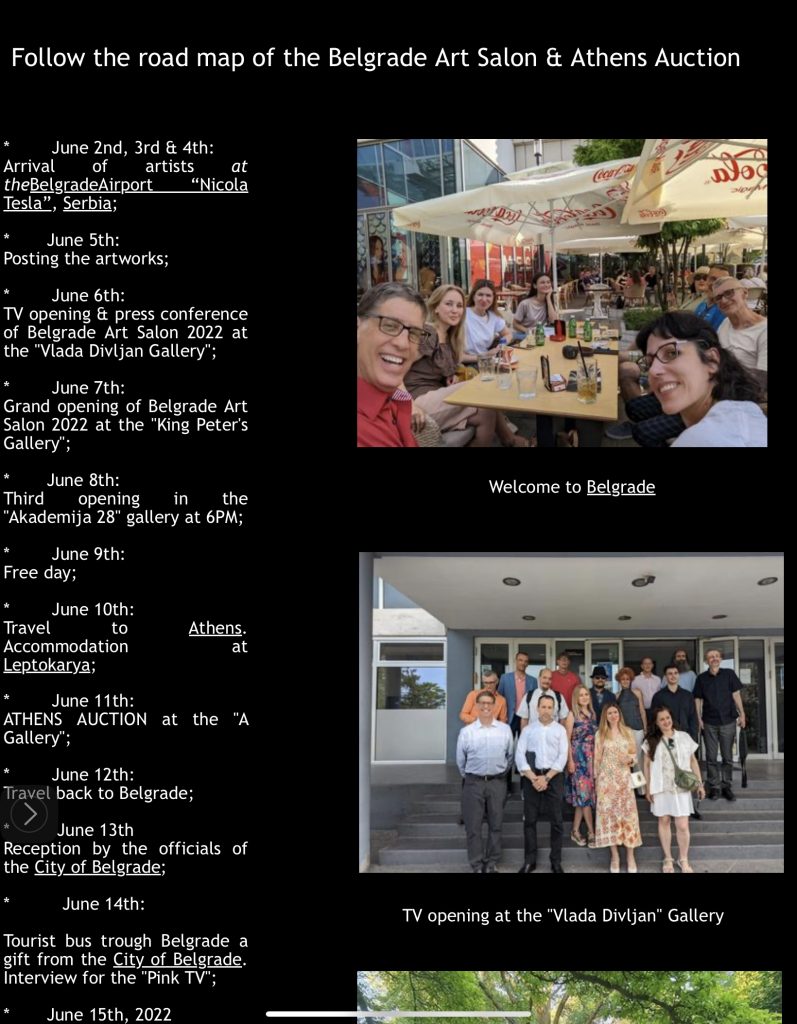
Introduction
What happens when the world of art, the one you’ve spent years believing in, turns against you? When your artistic dreams become bait for opportunists who don’t see your work – or you – as anything more than a walking wallet?
This is the true story of Rafał Dobosz, an accomplished international artist and co-owner of Artistic Avenue, who took part in a residency programme organised by Culture Belgrade in 2022. What was promised as a prestigious, enriching experience quickly unravelled into a calculated scheme – a sophisticated scam wrapped in the language of art.
⸻
The Illusion of Opportunity
It all began with an invitation through Facebook.
For a fee of €550, the offer included:
• A 3-week residency in Belgrade,
• Three curated exhibitions,
• An auction in Athens, Greece,
• Accommodation provided,
• Framing, promotion and professional support.
It sounded like a genuine opportunity.
But it was only the beginning of a cascading financial trap.
⸻
No Apartment, No Answers – Just Excuses
Upon arrival, Rafał learned that the promised apartment was already occupied. The organisers claimed they “didn’t expect so many participants” and asked him to wait. That wait never ended.
Rafał was forced to book his own accommodation through Booking.com, costing €250 per week – a €750 unplanned expense.
⸻
Escalating Costs: The Hidden Scheme
Rafał had brought 10 rolled canvases for convenience during air travel. The organisers offered to mount them on stretcher bars (Bleytrams).
The cost? €40 per artwork – totalling €400.
What he soon discovered was shocking:
Each artist was charged a different rate for the exact same service.
Some paid €20. Others – $80. The fees were calculated based on what organisers thought the artist could afford.
This wasn’t a gallery. This was extortion disguised as facilitation.
⸻
Exhibitions Without Audiences – A Hollow Stage
The first “exhibition” turned out to be a completely unrelated event – artists were simply photographed there. The second? A day-long hanging in a restaurant. The third? A rented non-gallery room, empty of guests.
The attendees? Friends of the organisers lured with free wine and snacks.
There were no invitations, no real promotion, no buyers, no curators –
just backdrops for photo ops.
The works were removed the next day.
These were not exhibitions – they were staged illusions.
⸻
Manipulating Artist Testimonials
Here’s where the scam got truly clever.
In the first days, artists were interviewed on video. They were asked for their feedback – on the event, the “organisation”, the atmosphere.
At that stage, spirits were high. Everyone had just arrived. They’d been wined, dined, and misled with charm.
Those early interviews – made before artists realised the truth – were later published online as glowing testimonials.
This is not marketing. This is emotional manipulation.
⸻
The Greek Auction That Wasn’t
The climax of the residency was to be an auction in Athens. Artists were put on a bus for a full-day trip from Belgrade to Greece. Each paid €250 for the journey and had to arrange their own accommodation on arrival.
Upon arrival, artists were told to go explore the city while organisers “prepared the space”. When they returned, they were informed:
“Your artworks were sold during the auction. A buyer will contact you directly.”
No receipts. No names. No evidence.
To this day, no artist received a call.
There was no auction. Only lies.
⸻
The Final Blow – Disrespect for the Art
When Rafał’s works were returned, they weren’t packaged or protected.
They were left under the sun, leaning half-unmounted on frames in front of his apartment door.
There was no one to speak with. Phones were off. Emails unanswered.
Other artists, like Ava from Switzerland, fought for months to get their works back.
This wasn’t neglect. It was utter disrespect.
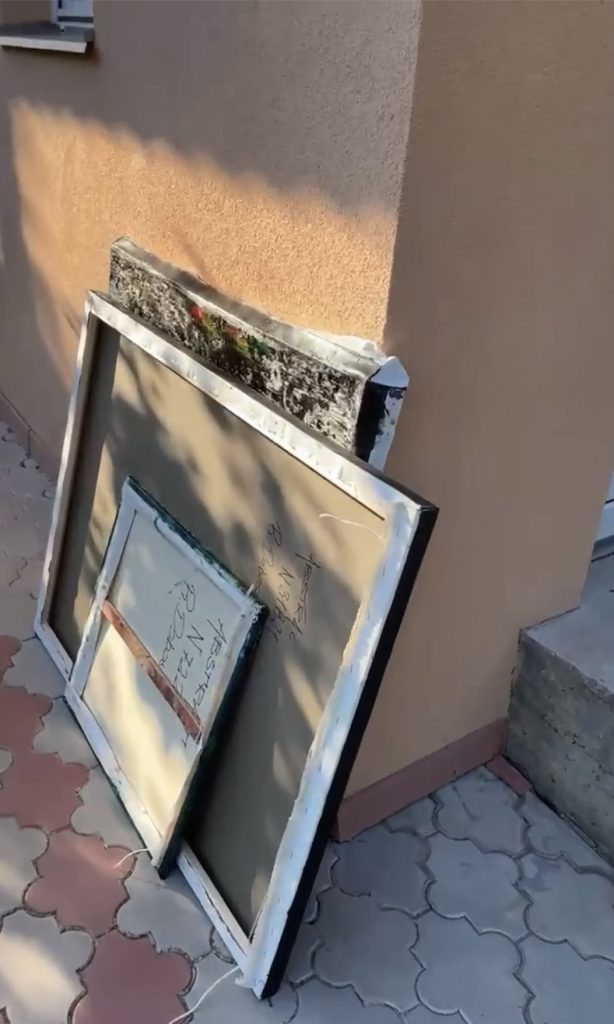
⸻
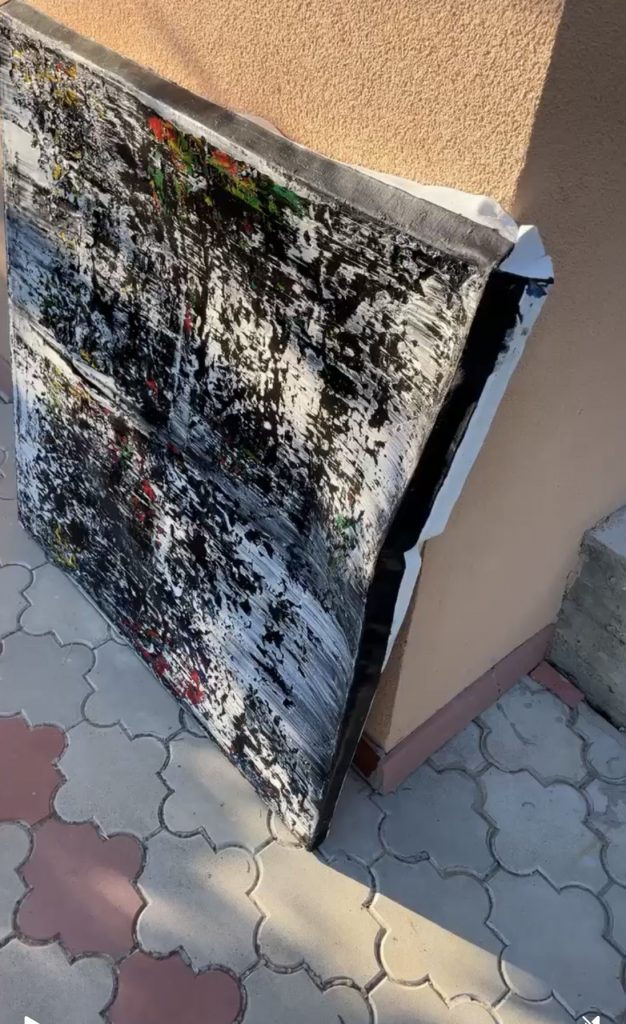
Counting the Damage – Financial and Emotional
From an initial fee of €550, the total cost ballooned to over €1,500, including:
• €400 for mounting canvases,
• €250 for the Greece trip,
• €750 for accommodation in Belgrade,
• Additional expenses for food, transport and printing.
But the financial loss paled in comparison to the emotional fallout:
• Destroyed trust in international art events,
• Broken morale,
• Disillusionment with the art world itself.
Some artists involved have struggled to return to creating.
⸻
The Scam Blueprint – How It Works
1. Social Media Bait – Often via “calls for artists” or fake competitions.
2. Mass Acceptance – Almost everyone who applies is “selected”.
3. Upfront Payment – Modest, but hooks the artist in.
4. Inflating Costs – Framing, rent, extras… all added after arrival.
5. Faked Legitimacy – Early testimonials, photographs, rented spaces.
6. Staged Events – One-day displays, fake guests, wine parties.
7. Fabricated Sales – Invented buyers, no proof, no contact.
8. Silence and Ghosting – Organisers vanish once event ends.
This is not a misunderstanding. This is an orchestrated, high-efficiency con targeting creatives.
⸻
A Final Word from Rafael Drumer – Journalist, Artist Advocate
To all emerging and established artists – let this story serve as a red flag.
Do not confuse ambition with naivety.
Do not let your love for art blind you to exploitation.
Culture Belgrade and organisations like it do not care about art.
They monetise your dreams.
They weaponise your hope.
They mock your passion.
The only thing they curate is your wallet.
They thrive because we – artists – are empathetic, trusting, and hungry for connection. But art deserves more than exploitation.
And so do you.
⸻
This investigation was conducted by Rafael Drumer, Editor-in-Chief at Artistic Avenue, in collaboration with Rafał Dobosz – international visual artist and whistleblower.
Let this be a warning. Let this be a shield.
Let this be the last time someone gets away with this.

